On January 28, 1941, leader Nguyen Ai Quoc returned to the country and directly led the revolution. In May 1941, he chaired the 8th Central Conference to discuss and decide on important issues regarding the strategy and tactics of the Vietnamese revolution in the national liberation movement, moving towards seizing power. On May 19, 1941, in the middle of the Pac Bo mountainous region, following Nguyen Ai Quoc's initiative, the 8th Central Conference of the Party decided to establish the Vietnam Independence League (abbreviated as the Viet Minh Front), clearly stating the purpose of fighting the French, expelling the Japanese, and gaining independence and freedom for the nation.

The Viet Minh Front declared to the people: "The purpose of the VN.L.D.M is to bring freedom and happiness to our compatriots, to liberate the oppressed ethnic groups in this Indochina strip of land" (1).
To achieve that, Viet Minh "Advocated uniting all classes of people regardless of religion, party, political tendency, or class, to unite and fight to expel the French and Japanese and gain independence for the country" (2).
The spirit of the 8th Central Conference Resolution and Ho Chi Minh's revolutionary ideology of national liberation were transferred into the Viet Minh Program with progressive policies on politics, economics , culture, and society, meeting the aspirations of all classes of people, regardless of status and political tendency, but with the common desire for an independent, democratic, and prosperous Vietnam.
In February 1943, the Central Party Standing Committee Conference held in Vong La (Hanoi) proposed a policy of solidarity with all parties and patriotic groups inside and outside the country that had not joined the Viet Minh Front, stepping up the work of mobilizing workers, farmers, soldiers, youth, women, bourgeoisie, patriotic landlords, ethnic minorities, overseas Chinese, and establishing the National Cultural Salvation Association in the cities to unite intellectuals and cultural figures.
The principle of consolidating and developing the Front is: “We must always consolidate and develop the organizations of workers and peasants because they are the backbone of the united national front against Japan and France. But at the same time, we must do our best to develop the national salvation organizations of youth, women, bourgeoisie, landlords, small traders, etc…”(3).
“National Salvation” has become the common slogan of the entire nation. “National Salvation” is also the name of the Viet Minh member organizations: Workers for National Salvation, Farmers for National Salvation, Youth for National Salvation, Women for National Salvation, Culture for National Salvation, etc. Under the leadership of the Party, the Viet Minh Front has gathered all forces, organizations and individuals, all classes in society to work together to achieve the common goal, “together seeking liberation and survival”.
In a losing position, on March 9, 1945, Japan staged a coup against France to monopolize Indochina. While the gunshots of “Japan and France shooting at each other” were still ringing, the (enlarged) Central Party Standing Committee met and determined that the opportunity for an uprising was very near - “good opportunities are helping the conditions for an uprising to ripen quickly”.
The conference promptly issued the Directive on Japanese and French fighting and our actions on March 12, 1945. Based on the assessment and prediction of the development of the situation, the Party Central Committee's Standing Committee advocated "launching a strong anti-Japanese movement to save the country as a premise for the General Uprising". The slogan calling for the struggle was: Expel Japanese fascists, establish a revolutionary government of the people.
On June 6, 1945, the Viet Bac Liberation Zone with many war zones in six provinces: Cao Bang, Bac Kan, Lang Son, Ha Giang, Tuyen Quang, Thai Nguyen and some areas in Bac Giang, Vinh Yen, Phu Tho, Yen Bai provinces was established according to the decision of the Viet Minh General Staff Conference.
In the Liberated Zone, the Viet Minh Front gradually assumed the functions of the People's Government. The Revolutionary Committee of the Liberated Zone and the Committees elected by the people organized the implementation of the "Ten Great Policies of the Viet Minh". In the "completely controlled communes", "completely controlled cantons", and "completely controlled districts" in the Cao Bang base area, guerrilla teams were active. The Vietnam Propaganda Liberation Army and the National Salvation Army attacked the Japanese army to expand the liberated zone and won victories in many places.
In the rural areas of the delta, many struggles broke out among farmers against uprooting rice and destroying crops to plant castor oil. In urban areas, especially in Hanoi, the revolutionary atmosphere grew more and more intense as the situation became more urgent, especially after the Japanese coup against the French. The struggles of workers demanding higher wages and against beatings, and the struggles of young students and intellectuals also grew stronger. The National Salvation organizations gathered within the ranks of the Viet Minh Front attracted the participation of many classes of people.
The Vanguard Youth organizations in Saigon and the Vanguard Youth in Hue had voluntarily joined the Viet Minh before the uprising, operating under the leadership of the Party. Civil servants, soldiers, and police in the puppet government were confused and wavering, and a part of them had turned to the revolution. The activities of the volunteer propaganda teams became increasingly exciting and daring, causing widespread resonance among the masses, raising the revolutionary spirit in the boiling days of preparing for the uprising. The puppet government system was established after the Japanese coup in isolated urban areas in a revolutionary atmosphere that was gradually "heating up".
The Party was quick to seize the opportunity and promptly mobilized the entire people to rise up in revolt. The August General Uprising quickly achieved complete success across the country. The united strength of the people created the miracle of regaining independence for the nation.
When writing about the victory of the August 1945 General Uprising, French historian Philippe Devillers commented: "It is also the logical result of the Viet Minh in all areas of the country's life"[4].
Through the Viet Minh Front, the Party has promoted its role and profound influence in society with the mission of leading the national liberation revolution. The Viet Minh Front has been closely associated with the great August Revolution victory of the Vietnamese people. That victory was guided by Ho Chi Minh's ideology of great solidarity. The historical milestones of the Vietnamese people in the 20th century all marked the achievements of the strength of the great national solidarity bloc. General Secretary To Lam affirmed: "The future, potential, position and international prestige we have today are largely built up by the strength of the great national solidarity bloc."
The new context with new challenges requires promoting the bloc's strength at a new level. The great lesson from the past success is still inherited. General Secretary To Lam clearly stated the motto: "We are determined to maintain and promote the strength of great national unity, considering it the "source", the "red thread" throughout, ensuring that all guidelines and policies of the Party and State are implemented thoroughly, consistently, effectively, and best meet all legitimate aspirations of the people". The common point for great national unity in the past was independence and freedom. The common point for great national unity today is prosperity and happiness. The key to strongly arousing the spirit of patriotism, self-reliance, self-confidence, self-reliance, self-strengthening, and national pride for sustainable development in the context of global integration is to promote the great strength of great national unity.
-------------------------------------------------
[1] Communist Party of Vietnam: Complete Party Documents, National Political Publishing House, Hanoi, 2000, vol. 7, p. 149.
[2] Communist Party of Vietnam: Op. cit., vol. 7, p. 152.
[3] Communist Party of Vietnam: Op. cit., vol. 7, p. 294.
[4] Ph. Devillers: History of Vietnam from 1940 to 1952 - Seuil Publishing House, Paris, 1952, p.132 - Quoted from the book August 1945 General Uprising - Hoang Dieu National Salvation Youth Union - Vietnam Historical Science Association, Labor Publishing House, Hanoi, 1999, p. 473.
According to NGO VUONG ANH (nhandan.vn)
Source: https://baogialai.com.vn/huy-dong-suc-manh-dai-doan-ket-toan-dan-toc-trong-cach-mang-thang-tam-post563914.html








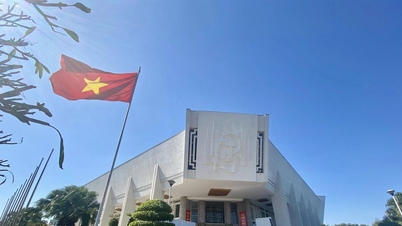

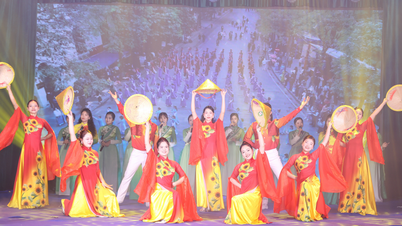

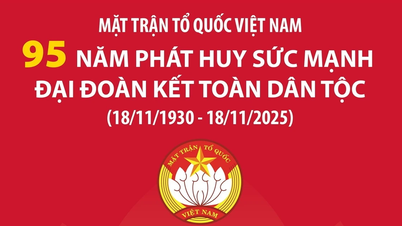

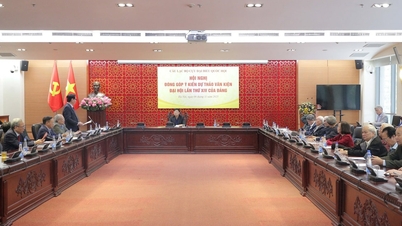

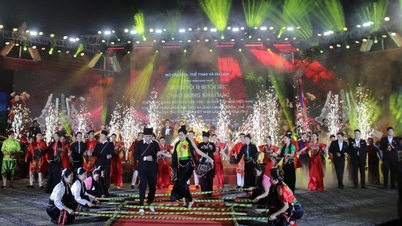

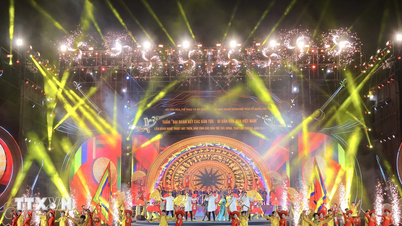
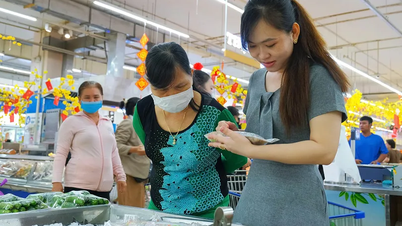

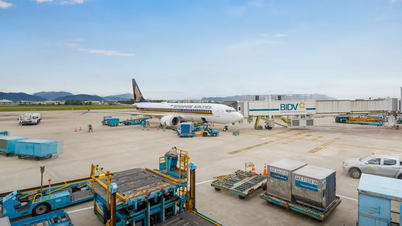

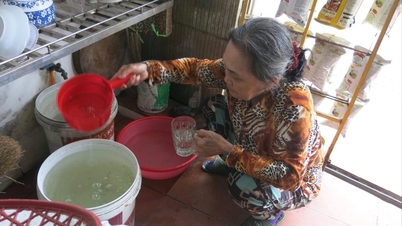

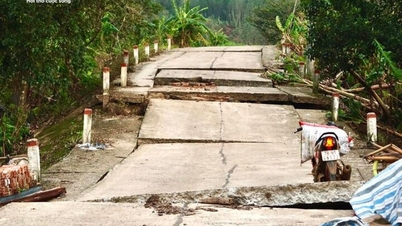

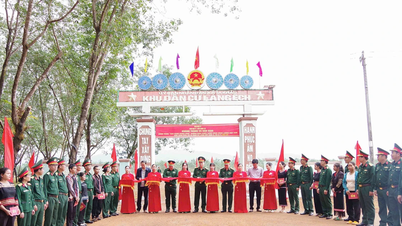
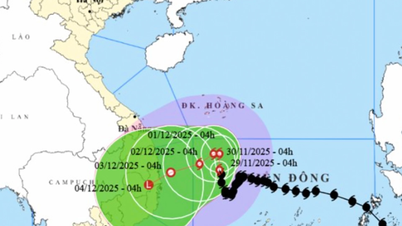





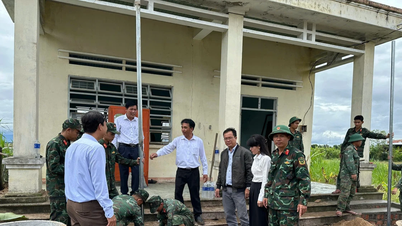
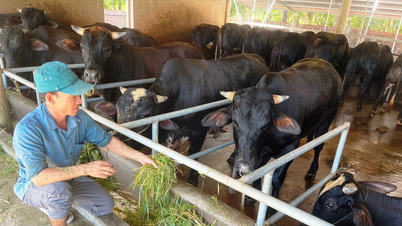
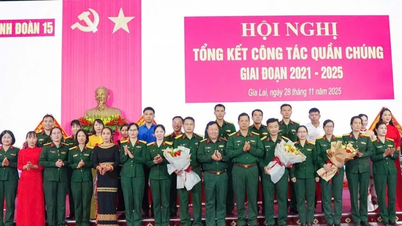
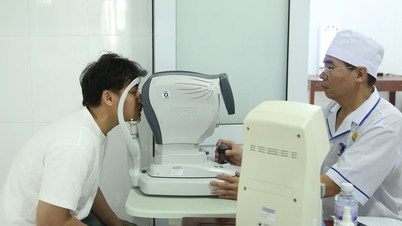
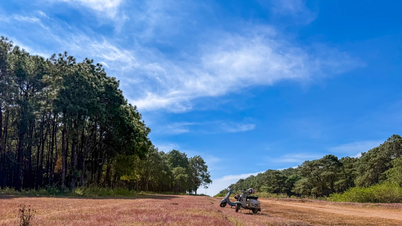

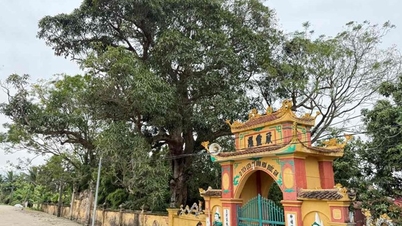

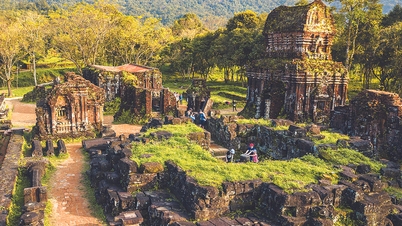

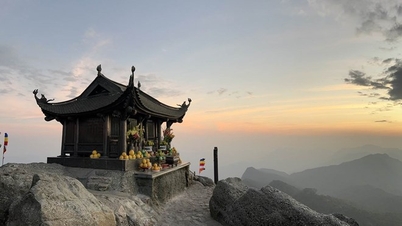
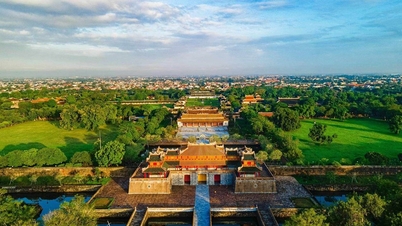

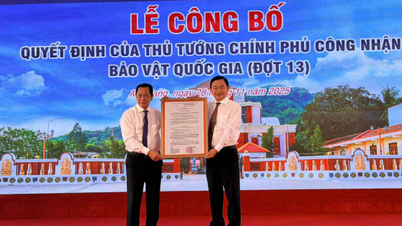

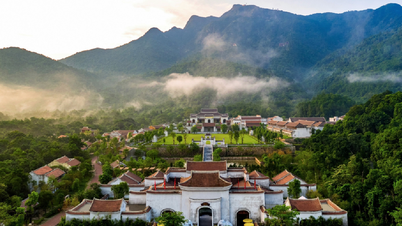
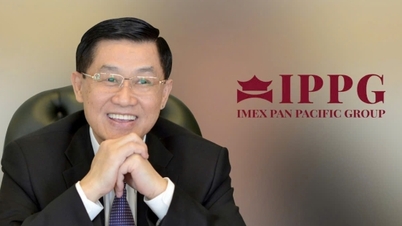








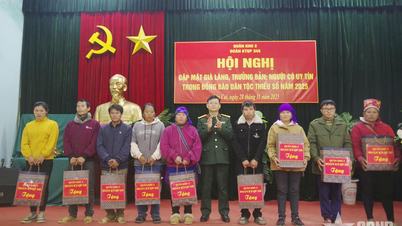

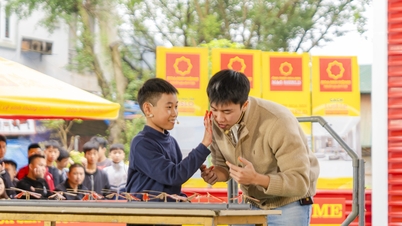

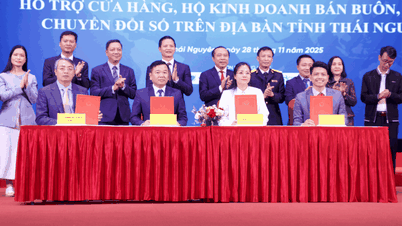




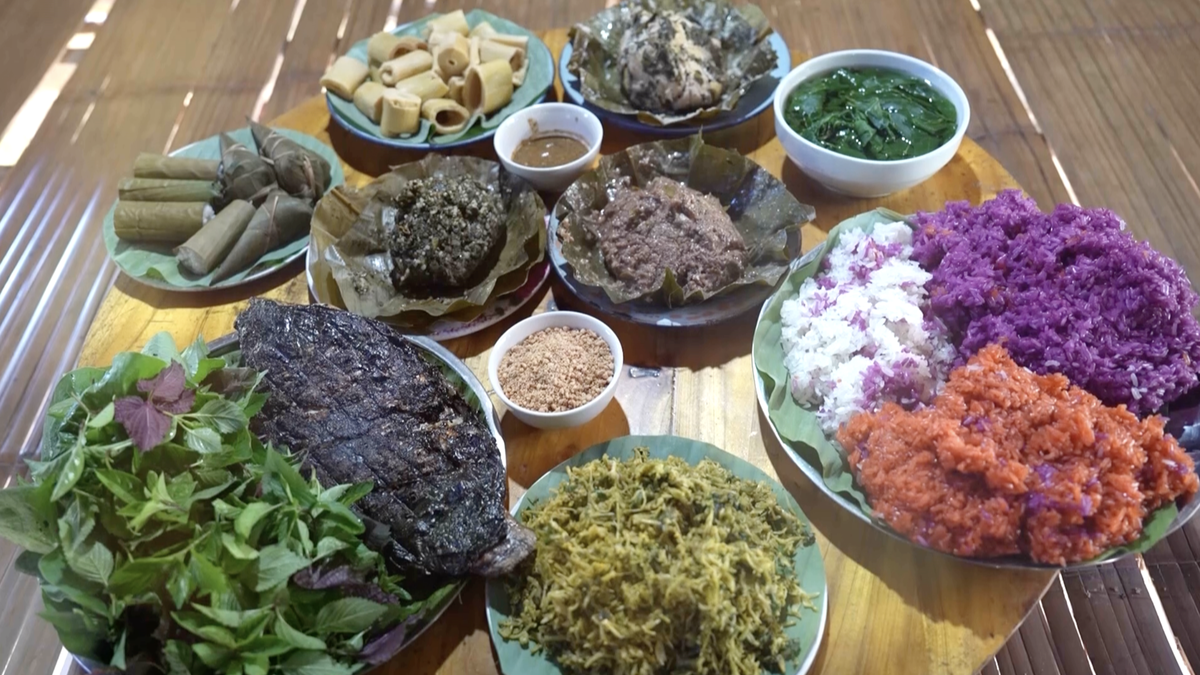
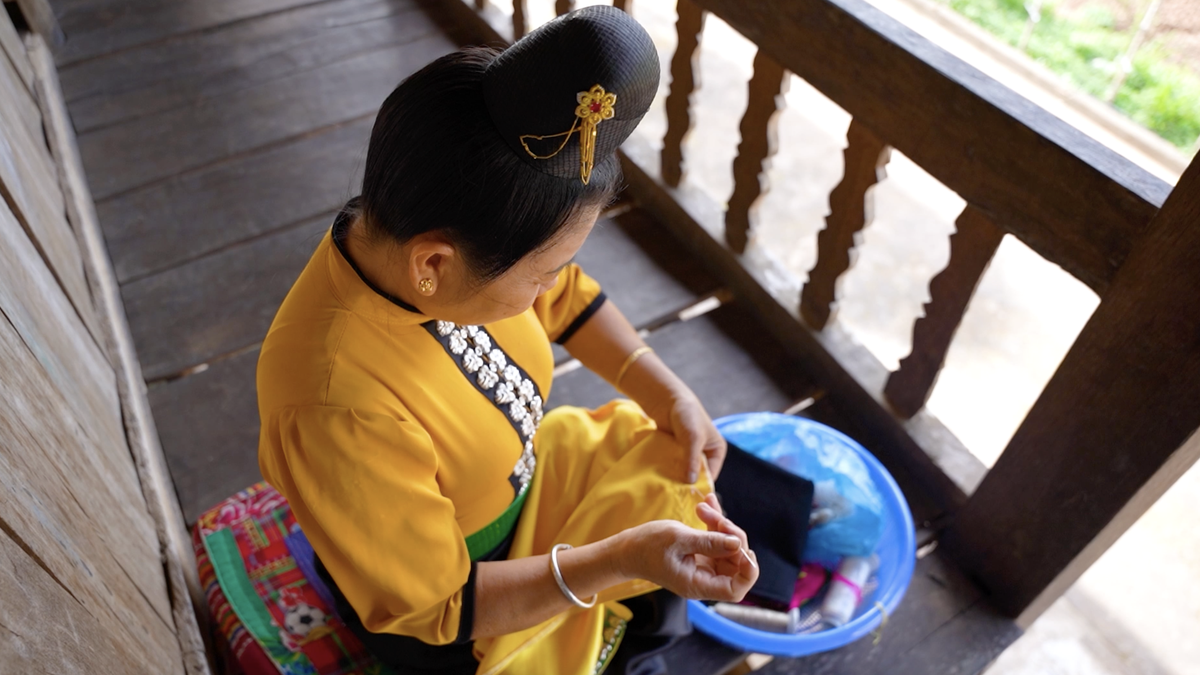

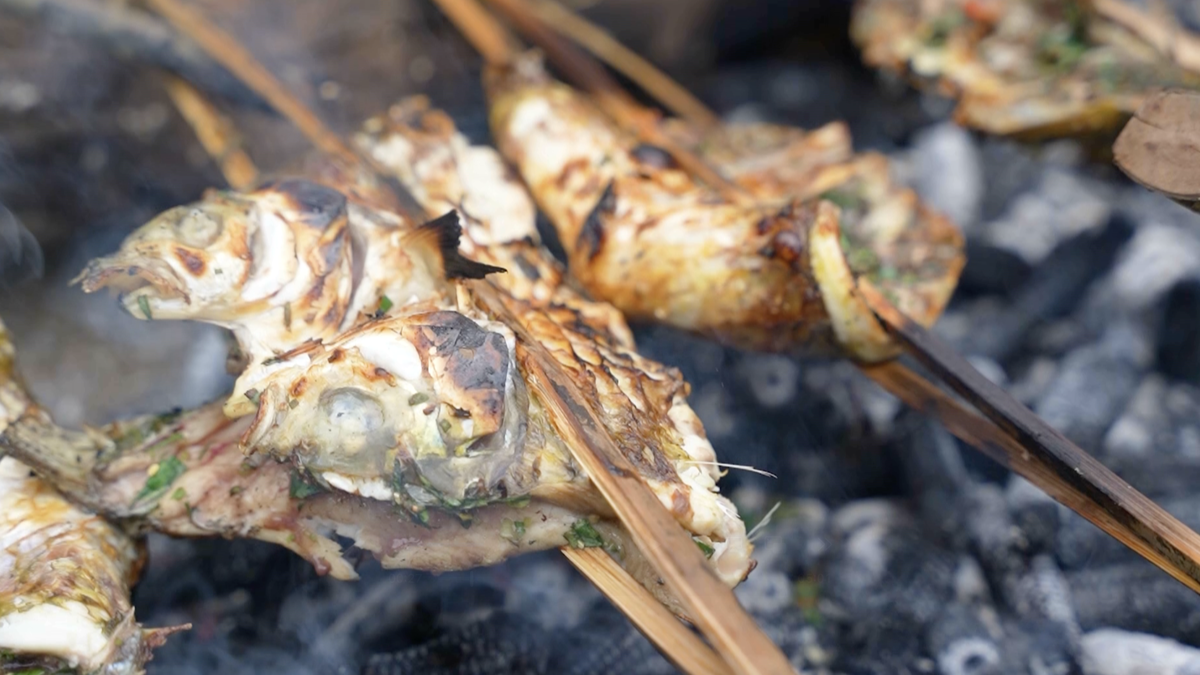
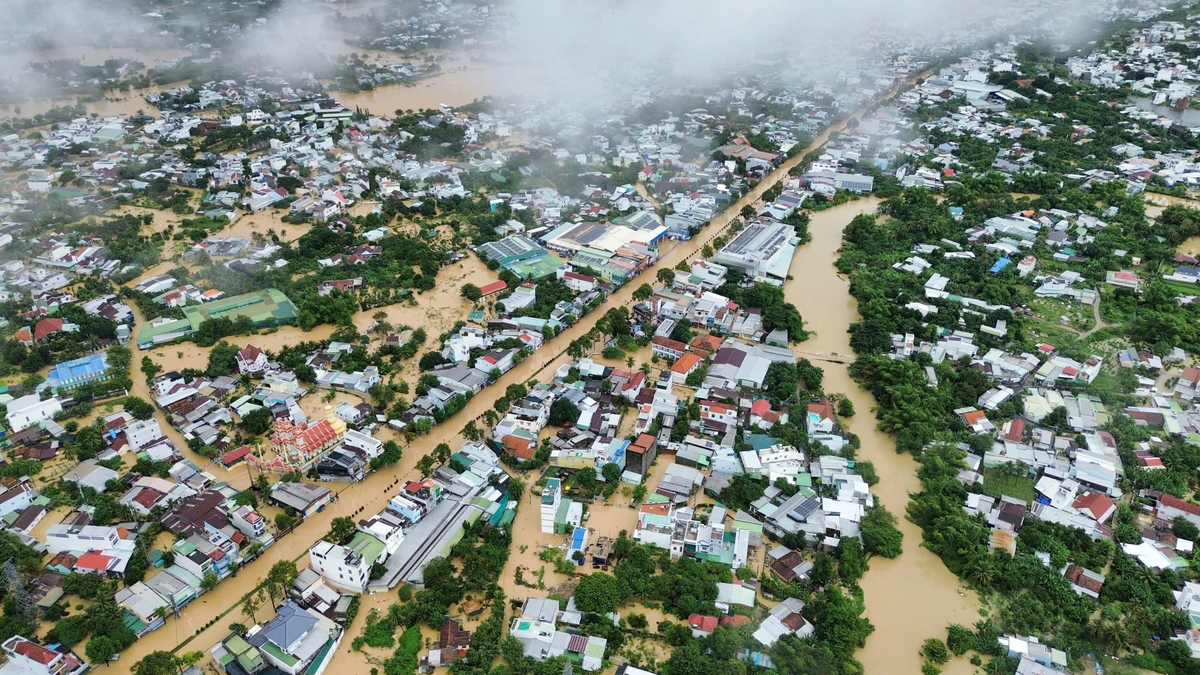
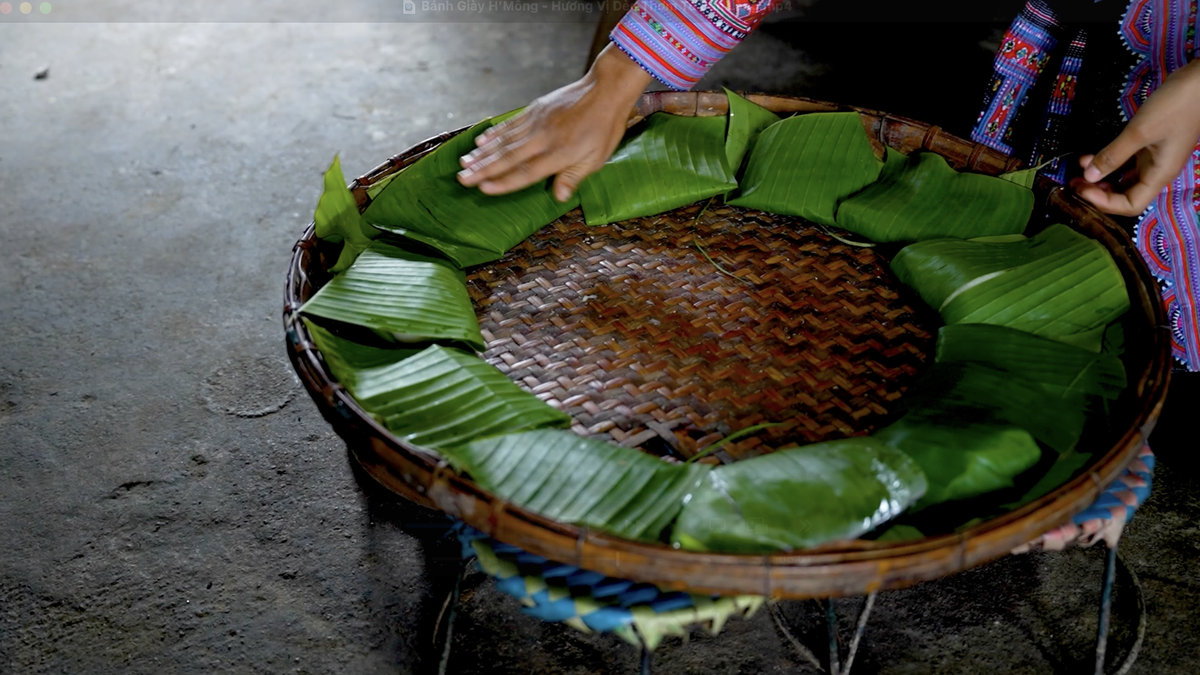
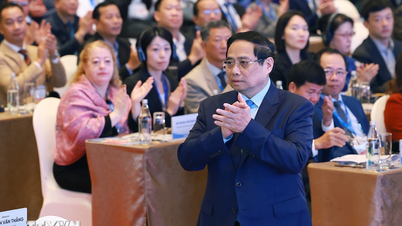

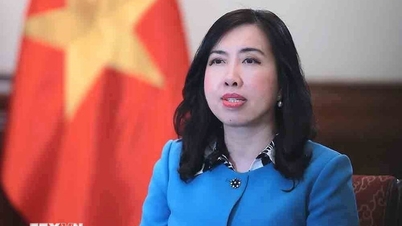




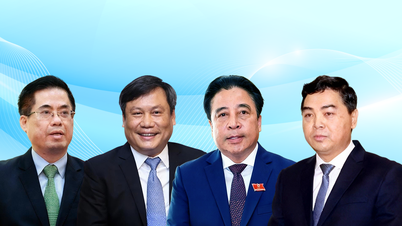
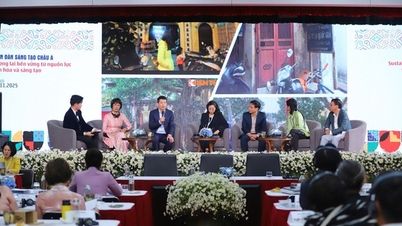
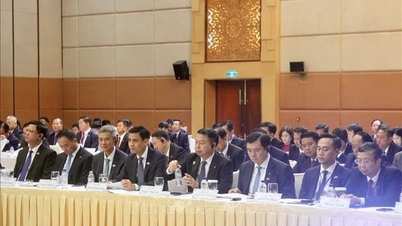

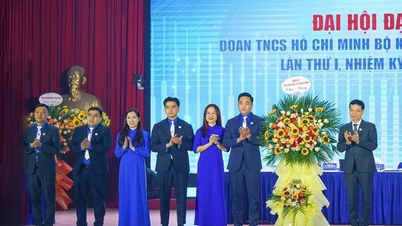




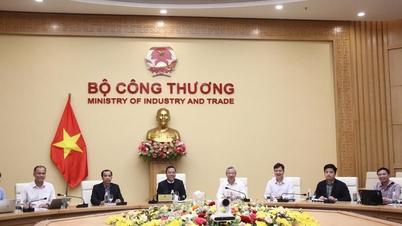
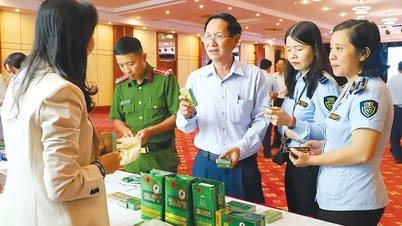
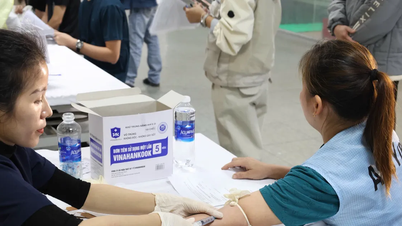
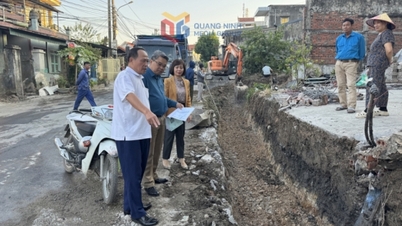

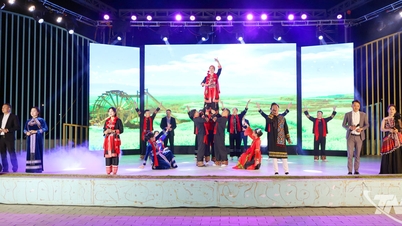






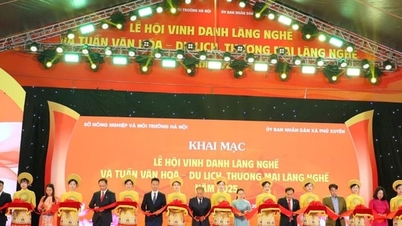

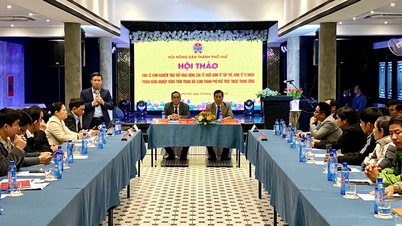






Comment (0)